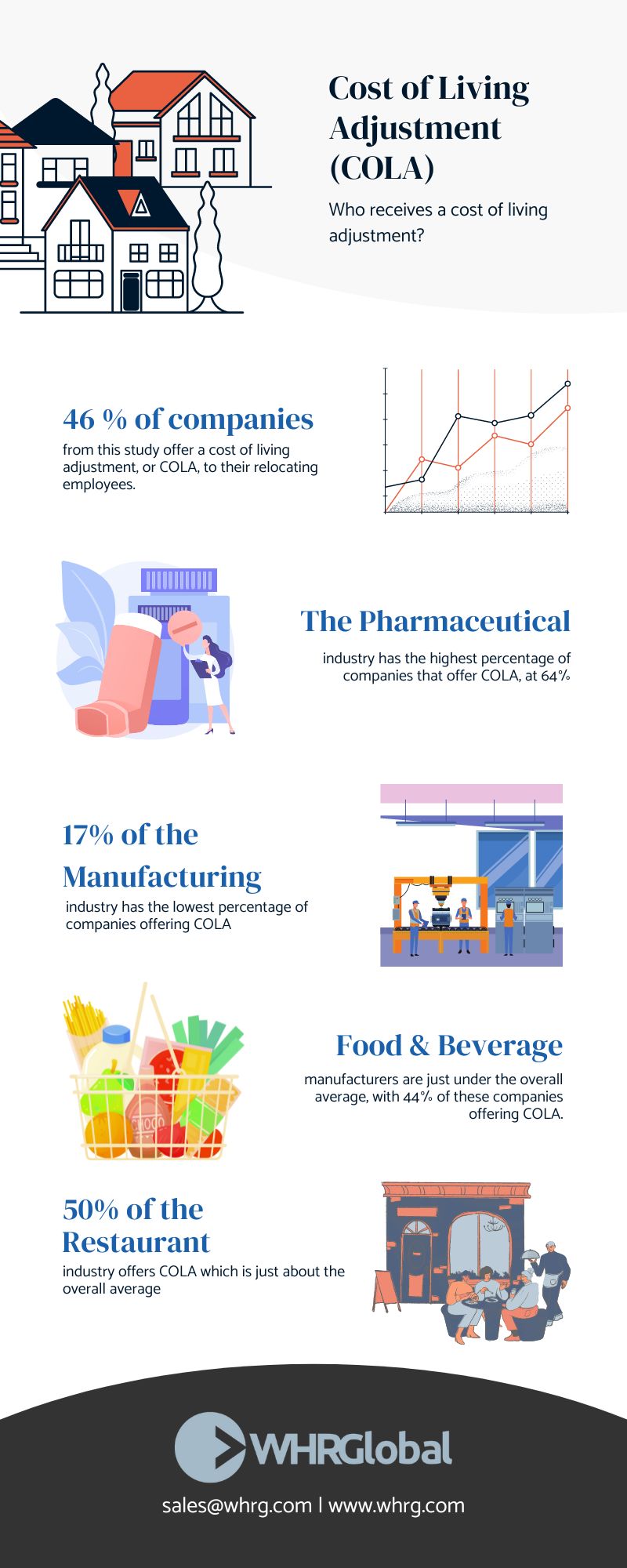
Cost of Living Adjustment (COLA) is a crucial aspect corporations consider when relocating employees or hiring talent from different geographical regions. What is COLA? COLAs are payments designed to compensate employees for the higher cost of living they encounter in their new destination. Learn more about calculating cost of living adjustments, definition, and factors in cola payments.
Comprendre l'ajustement au coût de la vie (COLA)
Cost of Living Allowances or Adjustments, commonly known as COLA, serve a common purpose: to bridge the gap between the cost of living in a low or moderate region and that in a higher-cost location. The employer compensates the employee based on housing, goods and services, and taxes, enabling them to maintain the same standard of living in their new area. This is the purest definition of a cola, but many nuances go into the calculation.
Calculating Cost of Living Adjustment
An accurate calculation is the foundation of a fair cost of living adjustment. Several providers offer services to calculate housing costs, goods, services, and other factors to determine the standard. The origination city’s cost index is then compared to the new town’s to identify the cost difference. Many employers have a limited number of potential locations for employee relocations, making it easier to assess cost indexes. Employers may also compare entire regions instead of individual cities for easy calculation. WHR can help our clients understand the COLA formula and make the best decision.
Factors in Calculating COLA
Employers must decide under what conditions they will offer a cost-of-living adjustment. The percentage of change in the cost of living between the locations is a critical factor in determining COLA. The question becomes, what is a standard cost of living raise? Some employers may require a cost-of-living shift greater than 3%, 5%, or 10% to provide the COLA. Those aiming to offer more generous benefits may set a lower threshold for cost-of-living changes to benefit a more significant number of employees. Every employer will determine their COLA benefits differently. The cost of living adjustment will also vary by employee and, of course, location. Many of these are case-by-case situations for COLA payments.
Durée et paiement de l'indemnité de vie chère
Once a COLA is determined to be provided, the next consideration is the duration and payment method. Traditionally, U.S. domestic COLAs are calculated once and paid as a lump sum allowance or distributed over a specified period. Companies may maintain the adjustment for an extended period to allow employees more time to adapt to their new location.
On the other hand, international COLAs are recommended to be recalculated more frequently due to fluctuating currency rates, inflation, and other uncontrollable factors. For international assignments with pre-determined end dates, companies often offer the cost of living adjustment for the entire duration. However, if the assignment is open-ended, the company may transition the employee to the local standard of living (localizing) and discontinue the COLA after a set period.
Importance de l'analyse comparative
Relocation benefits can vary significantly across industries. Therefore, benchmarking your organization’s COLA policy against peers is crucial. Some industries may offer more frequent and generous COLAs, while others may not consider it at all. Understanding these variations can help determine whether a COLA adjustment or increase is needed. Ultimately, it can help you tailor your policy to meet your organization’s needs. The last piece to consider in benchmarking is understanding market rates in target relocation areas.
Conclusion
Cost of Living Adjustment is a vital tool/formula corporations use to ensure their employees can maintain the same standard of living when relocating to higher-cost locations. Companies can design worker compensation and relocation packages that attract and retain top talent by understanding the factors involved in calculating COLA and benchmarking against industry peers.

